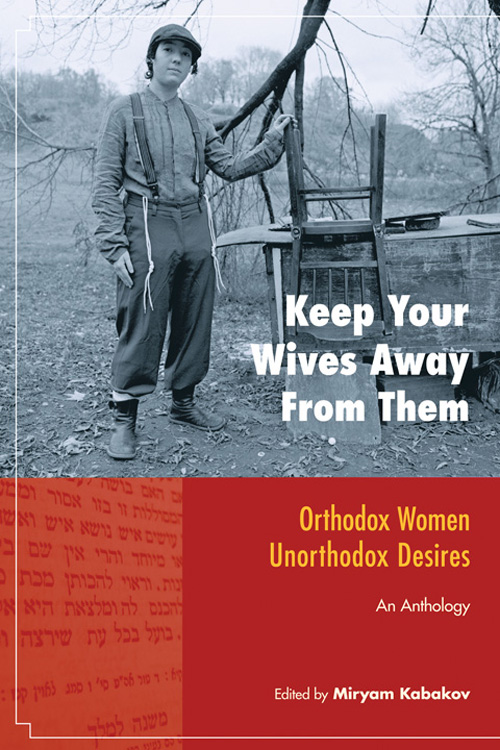Supplementary Reading: Women Travel Writers and the Language of Aesthetics, 1716-1818 by Elizabeth Bohls
by Megan Feulner
Literary scholar Elizabeth Bohls’s book Women Travel Writers and the Language of Aesthetics, 1716-1818 offers a feminist reworking of eighteenth-century aesthetic discourse by examining the innovative contributions of British women writers.[1] This critical study adds important context to Mary Wollstonecraft’s Letters Written during a Short Residence in Sweden, Norway, and Denmark not just in deconstructing her overtly political use of aesthetics, but also by locating her work within various literary-historical traditions, such as women’s writing, feminist thought, Enlightenment philosophy, and travel narrative. Other writers that Bohls considers in this tradition include Dorothy Wordsworth, Ann Radcliffe, and, interestingly, Wollstonecraft’s second daughter and author of Frankenstein, Mary Shelley.
Bohls’s organizing theme provides significant background for interpreting Wollstonecraft’s letters: the role of women writers in changing the traditional contours of modern aesthetic theory. While the aesthetic is a tricky concept to delimit, she opts for the following definition: “Aesthetic discourse deals with the categories and concepts of art, beauty, sublimity, taste, and judgment, and more broadly from the pleasure experienced from sensuous surfaces or spectacles.”[2] Bohls describes how eighteenth-century women, who were barred from academic institutions, remained in a peripheral position to the male-dominated aesthetic culture. While society women were expected to cultivate “amateur” artistic talents to increase their marriageability, their primary role in the arts was “as aesthetic objects, rather than aesthetic subjects.”[3] However, some British women writers rejected such marginalization by taking up the aesthetics style via the writing forms available to them—the novel and travel writing. Bohls points to three assumptions these writers dislodged in modern aesthetics: the notion of judgment as universal, a presumed distance between subject and object, and the severing of art from its political and social dimensions. [4]
In her chapter titled “Mary Wollstonecraft’s anti-aesthetics,” Bohls examines Wollstonecraft’s use of aesthetics in Letters as an extension of her political agenda. She writes, “The alternative aesthetics that emerges from these writings would situate aesthetic pleasure in a practical, material matrix extending the body and its sensations to political engagement.”[5] Tracing this development in a close reading, Bohls notes that Wollstonecraft unsettles traditional aesthetic standards, like distance from an object, by linking the aesthetic with “the material conditions of everyday life,” empathetic engagement, and as a device to link her various thematic components. [6] Her aesthetic representation of land and landscape, in particular, are especially revealing because land at this time was a site of political contestation due to the enclosure movement.”[7] Bohls writes, “Rather than justify the social hierarchy and privilege, Letters challenges these by representing land according to the perceptions, feelings, and needs of those who live on it, people who did not match the conventional qualifications of the aesthetic subject.”[8] Bohls, in situating Wollstonecraft against conventional aesthetic, reveals the letters to be deeply related to her previous, more political work.
Bohls writes that while aesthetics was a standard element in travel accounts, Letters may also have been conceived by Wollstonecraft as “a means of achieving economic independence from Imlay.” This adds another dimension to the text in that it may account for her decision to use the travel genre, which was vastly popular and had greater profit potential than her explicitly political writing.[9] Historical details as such are yet another means to interpret the letters and to further situate her political concerns. Wollstonecraft’s life and work has received an abundance of scholarly attention considering such topics as her philosophical contributions, role in feminist thinking, and numerous critical biographies, including our reading for next week, William Godwin’s Memoirs of the Author of a Vindication of Woman.




